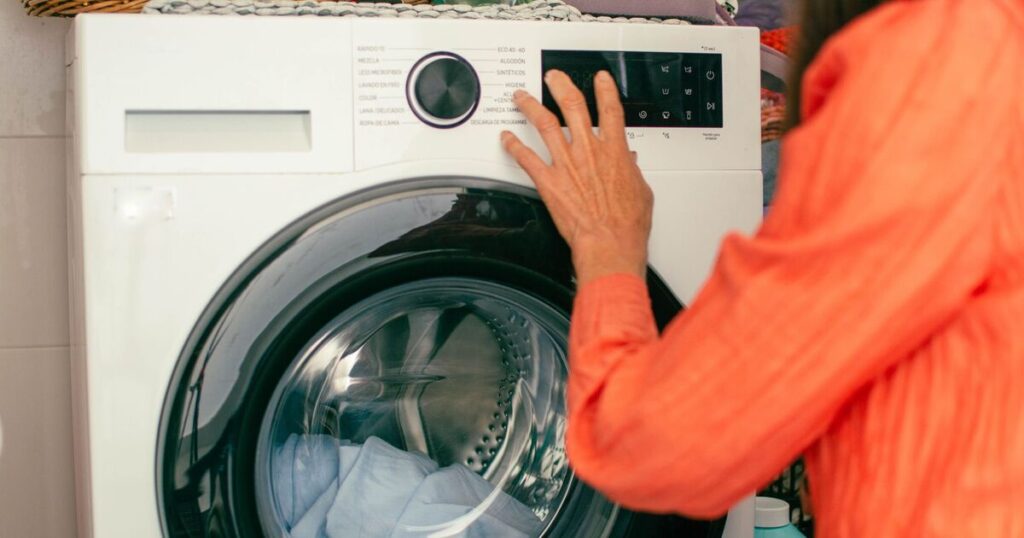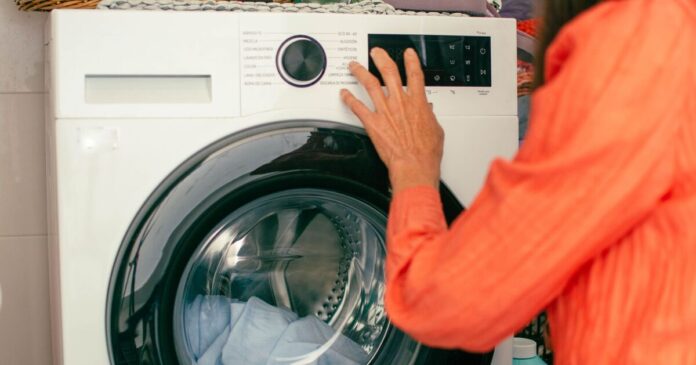
Washing machines are costly appliances and maintaining them in top-notch condition can help prolong their lifespan. No one wants to spend hundreds of pounds on repairs, especially when it comes to washing machines — an appliance that is a cornerstone of a functioning household.
An expert has now cautioned individuals about the simple blunders they could be making in their laundry routines that are costing households time, money, and clean laundry. From overloading the drum to neglecting the detergent drawer, millions of us are unwittingly causing damage to our washing machines.
Andrew Wright, kitchen appliance expert and founder of Cookology, says: “We all rely on our washing machines, but very few people use them properly. Even small changes in how you load, clean and maintain the machine can make a big difference in performance and lifespan.”
Wright adds: “Washing machines are built to last 10+ years, but only if you treat them well. A few simple habits can help avoid breakdowns and keep your laundry fresh, clean and smelling great.”
Whether you’re constantly re-washing damp-smelling clothes or puzzled as to why your machine is making odd noises, there are half a dozen common mistakes you could be regularly making.
Keeping the door and drawer closed
After the wash is completed, many people immediately close the door and detergent drawer — creating an ideal damp environment for mould and unpleasant odours.
Always leave the door and drawer slightly ajar to allow air circulation and prevent mildew.
Always washing at low temperatures
It’s tempting to wash everything at 30°C to save energy, but over time this allows bacteria and detergent residue to build up, particularly in the drum and pipes.
Run an empty 60 to 90°C hot maintenance wash with detergent or specialist machine cleaner at least once a month to keep things fresh and hygienic.
Overfilling the drum
One of the most common errors. Stuffing in too many clothes restricts water and detergent flow, meaning your laundry won’t come out clean, and your machine has to work much harder to spin, causing wear on the motor and bearings.
For a standard wash, the drum should be around 75% full. You should be able to fit a hand on top of the laundry pile.
Overusing detergent
More bubbles don’t equal cleaner clothes. Excess detergent builds up inside the machine and on your clothes, causing residue, skin irritation, and even mould growth in the drawer and drum.
Follow the detergent manufacturer’s dose instructions — and reduce it for soft water areas or smaller loads.
Neglecting the filter
Most people forget the machine even has a filter, but it’s essential. Lint, coins, hair grips and other debris build up and can cause drainage problems, foul smells or even flooding.
Check and clean the filter (usually at the bottom front of the machine) every 4–6 weeks, especially if you notice sluggish cycles or musty odours.
Disregarding care labels
If you’ve noticed your woolly jumper has shrunk or your denims are emerging stiff and faded, it’s likely due to disregarding care labels. Specific fabrics necessitate particular temperatures, spin speeds or washing techniques.
Cultivate the habit of organising clothes not only by colour, but also by fabric type and care instructions. Ensure you thoroughly read the care label prior to tossing the garment in. Both your wardrobe and your washing machine will be grateful.






















